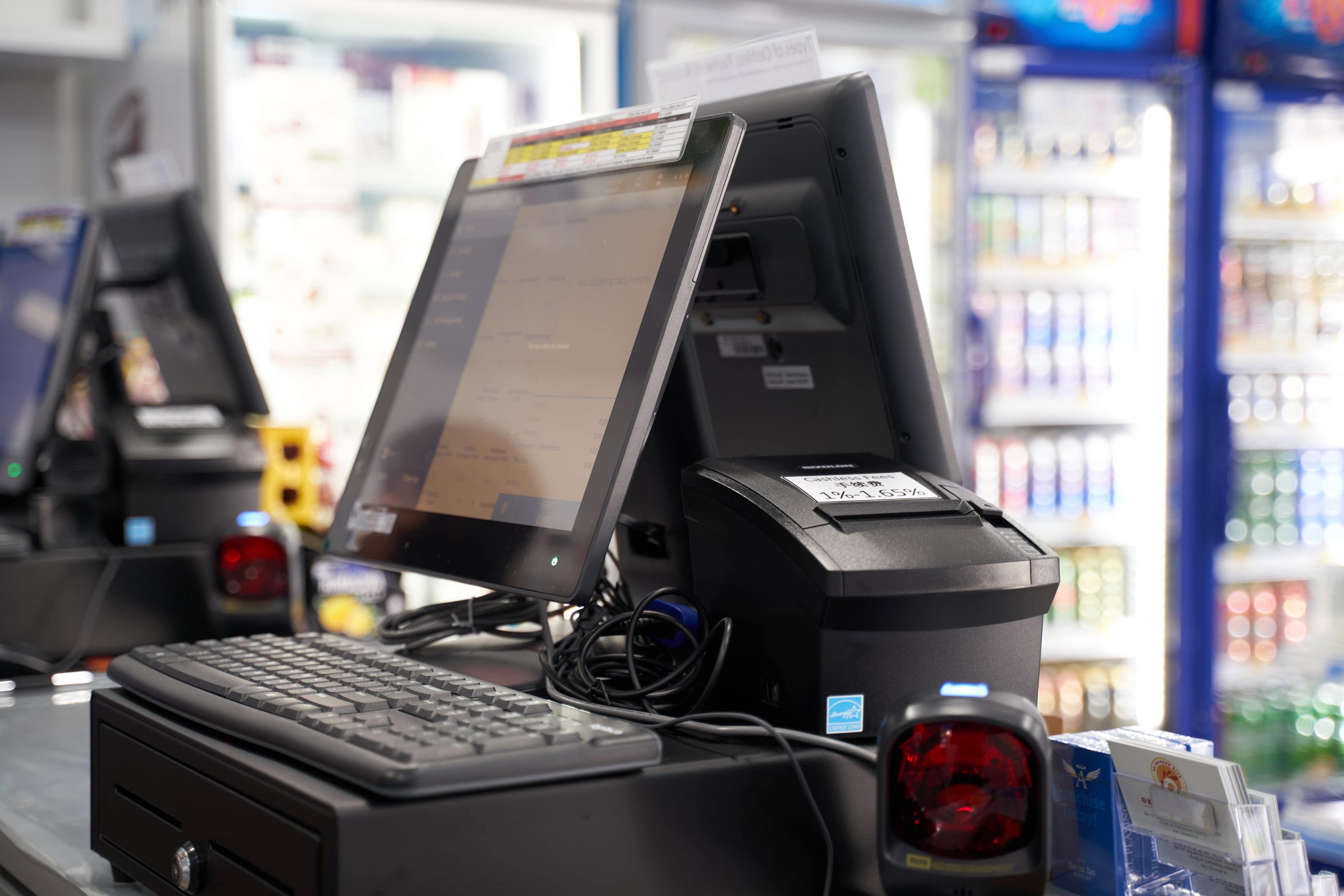How Restaurants Increase Sales with POS Systems

Running a restaurant is no easy task. From taking orders to managing staff, keeping track of ingredients, and ensuring customer satisfaction—there’s always something happening behind the scenes. In such a fast-paced environment, efficiency isn’t just a luxury; it’s a necessity. That’s why more and more restaurants are turning to Point of Sale (POS) systems. Far from being just a tool for processing payments, POS systems are becoming essential in helping restaurants increase sales and grow their business.
Streamlining the Ordering Process
In a busy restaurant, speed matters. A modern POS system allows waitstaff to take orders directly at the table using tablets or mobile devices. These orders are sent instantly to the kitchen, reducing errors and eliminating delays. The faster and more accurately an order reaches the kitchen, the sooner the food gets to the customer.
This efficiency means tables turn faster, allowing restaurants to serve more customers in a single day. More customers served equals more sales, without the need for extra staff or larger space.
Reducing Errors and Increasing Customer Satisfaction
Mistakes in orders can be costly. A wrong dish, missing item, or delayed order not only leads to wasted ingredients but can also frustrate customers. A POS system minimizes these errors by ensuring that every order is captured correctly and sent directly to the right station in the kitchen.
When customers get what they ordered—quickly and correctly—they’re more likely to return and recommend the restaurant to others. Repeat customers and positive word-of-mouth play a huge role in boosting restaurant sales.
Smarter Inventory Management
Nothing frustrates customers more than being told their favorite dish is unavailable. With a POS system, restaurants can keep track of inventory in real-time. Every time a dish is sold, the system automatically updates stock levels. This makes it easy for managers to know when to reorder ingredients and avoid running out during peak hours.
At the same time, POS systems also highlight which items are selling the most and which ones aren’t moving. By analyzing this data, restaurant owners can adjust their menu, promote popular dishes, and reduce waste—all of which lead to higher profits.
Faster and Flexible Payments
Today’s customers expect flexible payment options—credit cards, debit cards, mobile wallets, and even contactless payments. A POS system allows restaurants to accept multiple payment methods quickly and securely. The smoother the checkout process, the more satisfied the customer.
Additionally, features like split billing make it easier for groups to dine out without confusion. This kind of convenience encourages customers to return, and returning customers directly contribute to steady sales growth.
Loyalty Programs and Promotions
A big advantage of modern POS systems is their ability to manage loyalty programs. Restaurants can track customer visits, preferences, and spending patterns to reward them with discounts, freebies, or exclusive offers. For example, a coffee shop can offer a free drink after every ten purchases, or a fine-dining restaurant can send personalized offers to frequent diners.
Such programs not only encourage repeat visits but also increase the average spend per customer. A well-executed loyalty program powered by POS data can significantly boost long-term sales.
Detailed Reporting for Better Decisions
POS systems generate detailed reports on sales trends, peak hours, bestselling menu items, and staff performance. With this data, restaurant managers can make informed decisions that lead to higher sales. For instance, they can adjust staffing levels during busy hours, promote dishes with higher profit margins, or introduce happy-hour deals during slow periods.
Data-driven strategies eliminate guesswork and allow restaurants to focus on actions that directly impact sales growth.
Supporting Online and Delivery Orders
In today’s world, restaurants can’t rely only on dine-in sales. Many customers prefer online ordering and home delivery. A good POS system integrates with delivery apps and websites, ensuring that all orders—whether online or in-person—are processed smoothly and inventory is updated in real-time.
This integration helps restaurants reach a larger customer base and increase overall sales without overcomplicating operations.
Conclusion
POS systems have become much more than digital cash registers. They are now powerful tools that help restaurants increase efficiency, reduce errors, manage inventory, and build strong customer relationships. By streamlining operations and providing valuable insights, POS systems directly contribute to higher sales and long-term success.






